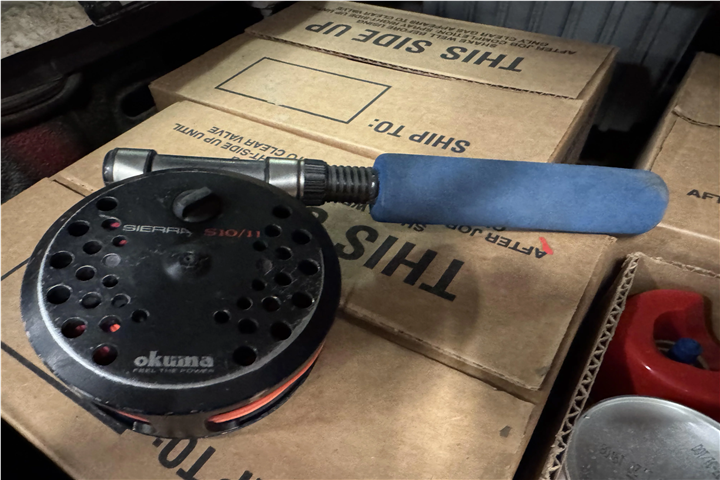Advanced Review of CP Principles
In-depth electrochemical theory
Polarization and depolarization
Current distribution and voltage gradients
Advanced coating and CP interaction
CP System Design Principles
Design of sacrificial anode systems
Design of impressed current CP (ICCP) systems
Design parameters (current density, resistivity, coating condition)
Anode selection, placement, and life calculations
Design for different structures (pipelines, tanks, offshore, concrete)
Electrical Calculations and Circuit Analysis
Ohm’s Law applications in CP
Circuit resistance, series and parallel networks
Voltage drops and power calculations
Ground bed design and resistance to earth
Interference and Stray Current Mitigation
Types of electrical interference (DC, AC, induced)
Identification and testing techniques
Mitigation strategies: bonding, gradient control mats, decouplers
Case studies and troubleshooting
Cathodic Protection Monitoring and Data Analysis
Advanced data logging and trend analysis
Use of interrupters for instant-off potential readings
Anode consumption tracking and predictions
Graphical data interpretation and diagnostics
Codes, Standards, and Compliance
NACE SP0169 (pipeline CP)
NACE SP0177 (corrosion under insulation)
ISO and ANSI CP standards
Regulatory requirements and documentation
CP System Troubleshooting and Failure Analysis
Root cause analysis of CP failures
Troubleshooting tools and techniques
Remediation and corrective actions
Safety and environmental considerations
Project Management and Supervision
CP project planning and scheduling
Procurement and material selection
Quality assurance and inspection protocols
Site supervision, documentation, and reporting
Design Software and Technical Tools
Introduction to CP design software (e.g., AutoCAD, Mathcad, CP-specific tools)
Modeling current distribution and potential fields
Preparing CP design drawings and submittals
Hands-On Exercises and Case Studies
Simulated CP system design projects
Interference testing scenarios
Real-world failure analysis reports
System troubleshooting drills






comments (0)